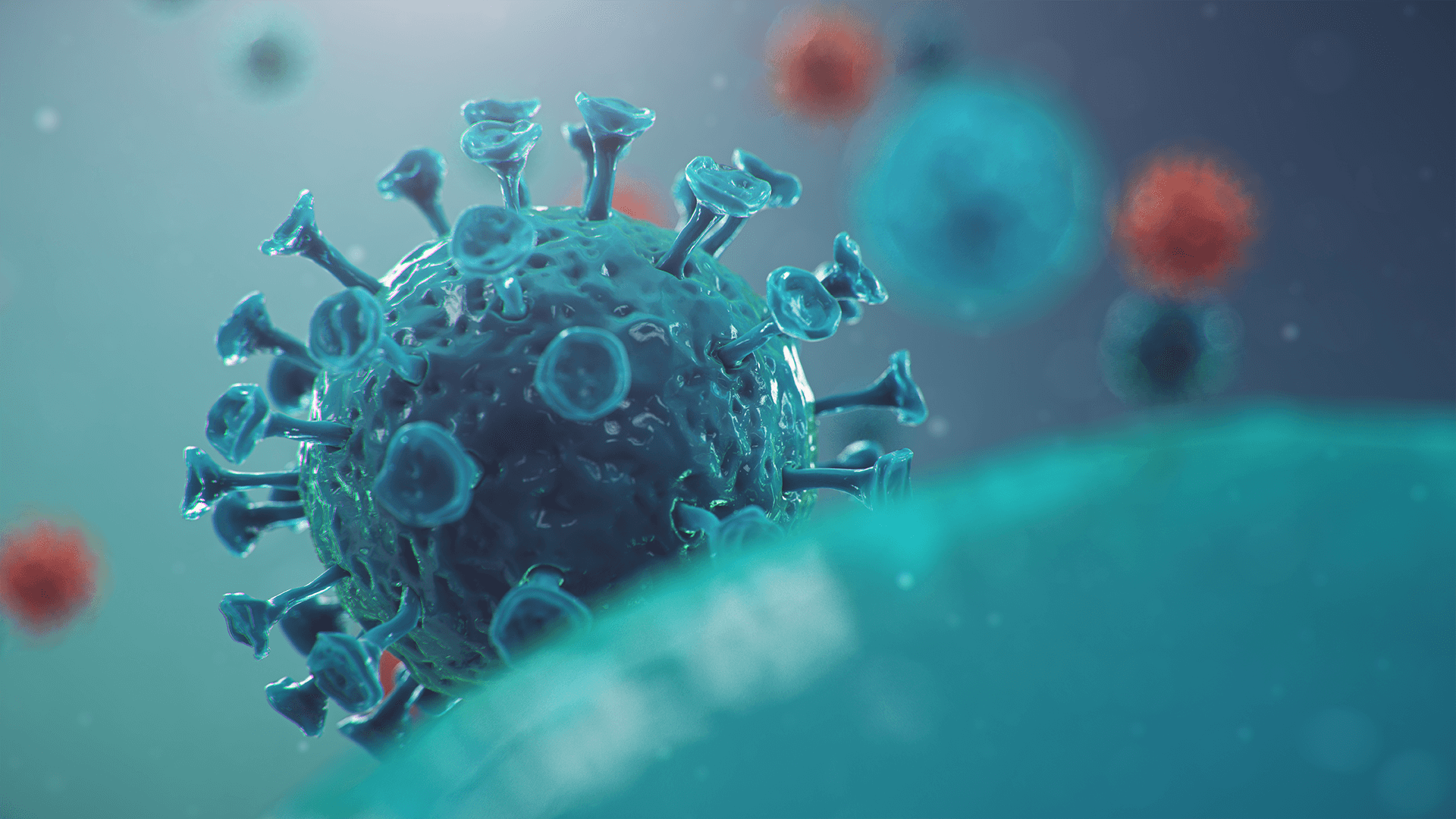We found 287 results that contain "deleting a region of dna or adding a new segment"
Posted on: #iteachmsu



Posted by
over 4 years ago

Nature, in the broadest sense, is the natural, physical, material world or universe. "Nature" can refer to the phenomena of the physical world, and also to life in general. The study of nature is a large, if not the only, part of science.
Navigating Context
Posted on: #iteachmsu


Posted by
6 months ago
Nutrition information provides insights into the essential nutrients and their quantities found in food, aiding in making informed dietary choices to support health and well-being.
Here's a breakdown of key aspects of nutrition information:
1. What is Nutrition?
Nutrition is the process of taking in food and converting it into energy and other vital nutrients required for life.
It involves the body's ability to ingest, digest, absorb, and utilize nutrients from food for growth, development, and maintaining health.
Essential nutrients include carbohydrates, proteins, fats, vitamins, minerals, dietary fiber, and water.
2. Why is Nutrition Important?
Growth and Development:
Proper nutrition is crucial for the healthy growth and development of children and adolescents.
Health and Well-being:
It supports overall health and well-being, contributing to a strong immune system and reducing the risk of chronic diseases.
Energy:
Nutrients provide the body with the energy it needs to function, move, and perform daily activities.
Disease Prevention:
A balanced diet can help prevent or manage various diseases, including heart disease, diabetes, and certain cancers.
3. Key Nutrients and Their Functions:
Carbohydrates: The body's primary source of energy.
Proteins: Essential for building and repairing tissues, and also provide energy.
Fats: Provide energy, support cell function, and help the body absorb certain vitamins.
Vitamins and Minerals: Crucial for various bodily functions, including immune function, bone health, and nerve function.
Dietary Fiber: Aids in digestion and promotes healthy bowel movements.
Water: Essential for all bodily functions, including hydration and nutrient transport.
4. How to Find Nutrition Information:
Food Labels:
Most packaged foods have nutrition information labels that list key nutrients and their amounts per serving.
Online Resources:
Websites and apps provide nutritional information for various foods and recipes.
Consult Professionals:
Registered dietitians or nutritionists can offer personalized guidance on nutrition needs.
Here's a breakdown of key aspects of nutrition information:
1. What is Nutrition?
Nutrition is the process of taking in food and converting it into energy and other vital nutrients required for life.
It involves the body's ability to ingest, digest, absorb, and utilize nutrients from food for growth, development, and maintaining health.
Essential nutrients include carbohydrates, proteins, fats, vitamins, minerals, dietary fiber, and water.
2. Why is Nutrition Important?
Growth and Development:
Proper nutrition is crucial for the healthy growth and development of children and adolescents.
Health and Well-being:
It supports overall health and well-being, contributing to a strong immune system and reducing the risk of chronic diseases.
Energy:
Nutrients provide the body with the energy it needs to function, move, and perform daily activities.
Disease Prevention:
A balanced diet can help prevent or manage various diseases, including heart disease, diabetes, and certain cancers.
3. Key Nutrients and Their Functions:
Carbohydrates: The body's primary source of energy.
Proteins: Essential for building and repairing tissues, and also provide energy.
Fats: Provide energy, support cell function, and help the body absorb certain vitamins.
Vitamins and Minerals: Crucial for various bodily functions, including immune function, bone health, and nerve function.
Dietary Fiber: Aids in digestion and promotes healthy bowel movements.
Water: Essential for all bodily functions, including hydration and nutrient transport.
4. How to Find Nutrition Information:
Food Labels:
Most packaged foods have nutrition information labels that list key nutrients and their amounts per serving.
Online Resources:
Websites and apps provide nutritional information for various foods and recipes.
Consult Professionals:
Registered dietitians or nutritionists can offer personalized guidance on nutrition needs.
Posted on: #iteachmsu



Posted by
about 5 years ago

Description is the pattern of narrative development that aims to make vivid a place, object, character, or group. Description is one of four rhetorical modes, along with exposition, argumentation, and narration. In practice it would be difficult to write literature that drew on just one of the four basic modes.
Assessing Learning
Posted on: #iteachmsu


Posted by
almost 5 years ago
PO-Description is the pattern of narrative development that aims to make vivid a place, object, character, or group. Description is one of four rhetorical modes, along with exposition, argumentation, and narration. In practice it would be difficult to write literature that drew on just one of the four basic modes
Navigating Context
Posted on: #iteachmsu


Posted by
over 4 years ago
How can educators identify and select accommodations to address the needs of individual students?
Using a set of guiding questions, the teacher will identify one response accommodation for a student with a disability based on his or her individual strengths and needs and the barrier created by the disability. The educator will then implement the accommodation and evaluate its effectiveness. Finally, the teacher and student will reflect on the effectiveness of the accommodation.
Beech, M. (2010). Accommodations: Assisting students with disabilities, 3rd Ed. Tallahassee, FL: Bureau of Exceptional Education and Student Services, Florida Department of Education. Retrieved from
http://www.fldoe.org/core/fileparse.php/7690/urlt/0070069-accomm-educator.pdf
Cortiella, C. (2005). No Child Left Behind: Determining appropriate assessment accommodations for students with disabilities. Retrieved from
http://mail.advocacyinstitute.org/resources/NCLDbriefsAccommodations.pdf
Reed, P., Bowser, G., & Korsten, J. (2002, 2004). How do you know it? How can you show it? Oshkosh: Wisconsin Assistive Technology Initiative. Retrieved from
https://dpi.wi.gov/sites/default/files/imce/sped/pdf/at-know-it-show-it.pdf
Using a set of guiding questions, the teacher will identify one response accommodation for a student with a disability based on his or her individual strengths and needs and the barrier created by the disability. The educator will then implement the accommodation and evaluate its effectiveness. Finally, the teacher and student will reflect on the effectiveness of the accommodation.
Beech, M. (2010). Accommodations: Assisting students with disabilities, 3rd Ed. Tallahassee, FL: Bureau of Exceptional Education and Student Services, Florida Department of Education. Retrieved from
http://www.fldoe.org/core/fileparse.php/7690/urlt/0070069-accomm-educator.pdf
Cortiella, C. (2005). No Child Left Behind: Determining appropriate assessment accommodations for students with disabilities. Retrieved from
http://mail.advocacyinstitute.org/resources/NCLDbriefsAccommodations.pdf
Reed, P., Bowser, G., & Korsten, J. (2002, 2004). How do you know it? How can you show it? Oshkosh: Wisconsin Assistive Technology Initiative. Retrieved from
https://dpi.wi.gov/sites/default/files/imce/sped/pdf/at-know-it-show-it.pdf
Assessing Learning
Posted on: #iteachmsu



Posted by
over 4 years ago

Critical Component #3: Shared Inquiry and Dialogue
Dialogue is more than conversation. It is also different than debates, in which someone wins and someone loses. Dialogue requires openness to new ideas and collective learning.
Dialogue is more than conversation. It is also different than debates, in which someone wins and someone loses. Dialogue requires openness to new ideas and collective learning.
Posted on: Graphic representation



Posted by
almost 2 years ago

Student-Created Reviews
Students can create ways of reviewing previously taught content. For example, they may create
questions and answers for a card game such as Go Fish or Concentration.
Students can create ways of reviewing previously taught content. For example, they may create
questions and answers for a card game such as Go Fish or Concentration.
Disciplinary Content
Posted on: #iteachmsu



Posted by
over 4 years ago

Genetics: The scientific study of heredity. Genetics pertains to humans and all other organisms. So, for example, there is human genetics, mouse genetics, fruit fly genetics, etc.
Human genetics today comprises a number of overlapping fields, including:
Classical or formal genetics -- the study of the transmission of single genes within families and the analysis of more complex types of inheritance.
Clinical genetics -- the diagnosis, prognosis and, in some cases, the treatment of genetic diseases.
REF: https://www.medicinenet.com/genetics/definition.htm
Human genetics today comprises a number of overlapping fields, including:
Classical or formal genetics -- the study of the transmission of single genes within families and the analysis of more complex types of inheritance.
Clinical genetics -- the diagnosis, prognosis and, in some cases, the treatment of genetic diseases.
REF: https://www.medicinenet.com/genetics/definition.htm
Disciplinary Content
